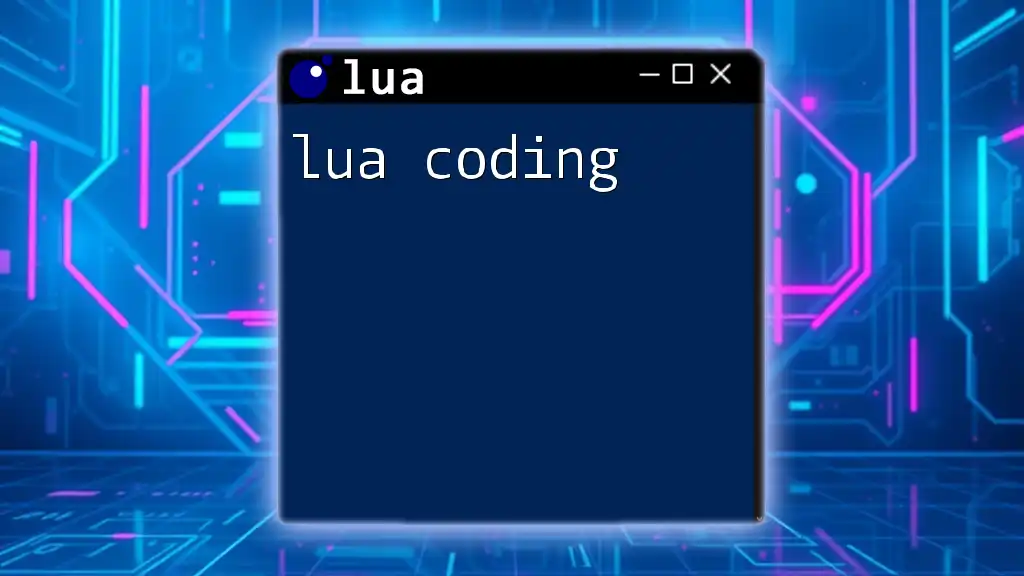The `math.round` function in Lua rounds a given number to the nearest integer, providing a simple way to ensure numerical values are whole numbers.
local function round(value)
return math.floor(value + 0.5)
end
print(round(3.7)) -- Output: 4
print(round(3.2)) -- Output: 3
Understanding the `math.round` Function in Lua
What is Rounding?
Rounding is a fundamental concept in mathematics and programming that allows us to approximate a number to a more manageable form. In computational contexts, rounding is critical as it helps maintain the integrity of numerical data while making it easier to read and interpret. For instance, when dealing with financial reports or statistical data, rounding helps in presenting figures without excessive decimal places.
The Purpose of `math.round` in Lua
Lua, a lightweight scripting language, has a built-in library called `math` that provides various mathematical functions. Among these functions is `math.round`, which simplifies the process of rounding numbers. This function is indispensable when numerical precision is essential, such as in scientific calculations, game design, and financial modeling, as it ensures numbers are rounded according to standard conventions.

Syntax of `math.round`
Basic Syntax
The syntax for using the `math.round` function is straightforward:
math.round(number)
In this case, `number` is the operand you wish to round. The function processes this input to output the nearest whole number.
Return Value
The `math.round` function returns the nearest integer following the round-half-up rule. This means that numbers exactly halfway between two integers round up to the next integer.

How `math.round` Works
Rounding Mechanisms
The `math.round` function employs the round-half-up method. This means that when a number is exactly halfway between two integers, it will round up to the higher integer. Understanding how this works allows programmers to manage expectations when using the function.
Rounding Positive and Negative Numbers
Rounding works for both positive and negative values. For example, consider the following snippets to see the behavior of `math.round`:
print(math.round(3.2)) -- Output: 3
print(math.round(3.5)) -- Output: 4
print(math.round(4.7)) -- Output: 5
Now let’s examine rounding with negative numbers:
print(math.round(-2.3)) -- Output: -2
print(math.round(-2.5)) -- Output: -2
print(math.round(-3.7)) -- Output: -4
As illustrated, for positive numbers, the function rounds down from fractions less than .5 and up from fractions .5 and higher. For negative numbers, the same rule applies, but it can sometimes lead to unexpected results if not understood fully.

Custom Implementation of `math.round`
Creating Your Own Round Function
Why Create Custom Rounding?
While `math.round` is useful, there are scenarios where it may not meet specific needs. For example, some applications might require rounding toward zero or different rounding strategies. This is where creating a custom rounding function can be beneficial, allowing greater flexibility in how numbers are processed.
Code Example
Here’s a simple example of how to write your own rounding function:
function custom_round(value)
return value >= 0 and math.floor(value + 0.5) or math.ceil(value - 0.5)
end
In this implementation, the function checks if the number is non-negative. If it is, it adds 0.5 and uses `math.floor` to round down. If it is negative, it uses `math.ceil` to round up (toward zero).
Using Custom Rounding
Testing the custom function provides clarity on its behavior:
print(custom_round(4.5)) -- Output: 5
print(custom_round(-4.5)) -- Output: -4
As seen, this custom approach preserves the convention of rounding towards the nearest integer while offering a more tailored solution depending on user needs.

Practical Applications of `math.round`
Rounding in Scientific Calculations
In fields like physics and engineering, accurate calculations can be vital. Often, raw data might need to be rounded for clarity. For example, when reporting experimental results, rounding to a certain number of decimal places can be crucial for demonstrating trends without overwhelming detail.
Rounding in Financial Calculations
Another common application of rounding is in finance, where figures often need to be presented in a clear format. For instance, when calculating taxes, fees, or pricing, the ability to round up or down can significantly impact final values and reporting.
Game Development
In game development, the `math.round` function is frequently employed to handle scores or positions accurately. Correct rounding can enhance player experience, such as in scoring systems where fractional points might confuse users or affect gameplay dynamics.

Common Challenges and Troubleshooting
Unexpected Results
One of the common pitfalls when using rounding functions is dealing with floating-point precision. Computers represent most real numbers in binary, leading to scenarios where simple rounding might yield counterintuitive results. To mitigate this, understanding floating-point arithmetic can help you anticipate and resolve these issues.
Alternative Rounding Functions
If `math.round` doesn't meet requirements, Lua's alternative functions, such as `math.ceil` and `math.floor`, can be employed.
- `math.ceil` always rounds numbers up, regardless of their value.
- `math.floor` always rounds down.
Choosing the appropriate function based on your specific use case can make a significant difference in the implementation of your numerical logic.

Summary
Recap of Key Points
In this article, we explored the `math.round` function, its syntax, and how it operates with both positive and negative numbers. We also discussed the creation of a custom rounding function and examined various applications in scientific calculations, finance, and game development.
Call to Action
To maximize your understanding, practice using the `math.round` function in different scenarios. Experimenting with both the built-in and custom functions can broaden your programming toolkit and enhance your Lua skills.

Additional Resources
For further enhancement of your Lua knowledge, consult the official Lua documentation, engage with community forums, and consider exploring books and courses dedicated to Lua programming.

















